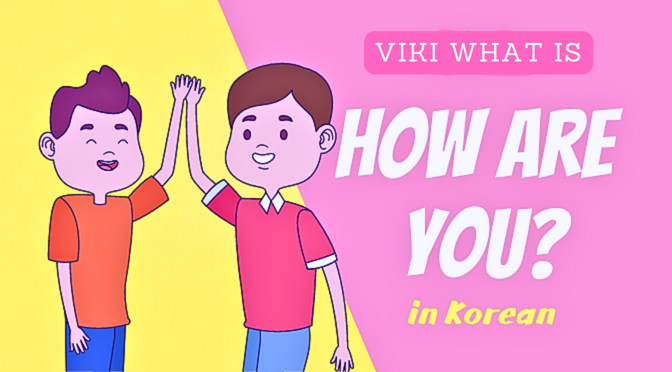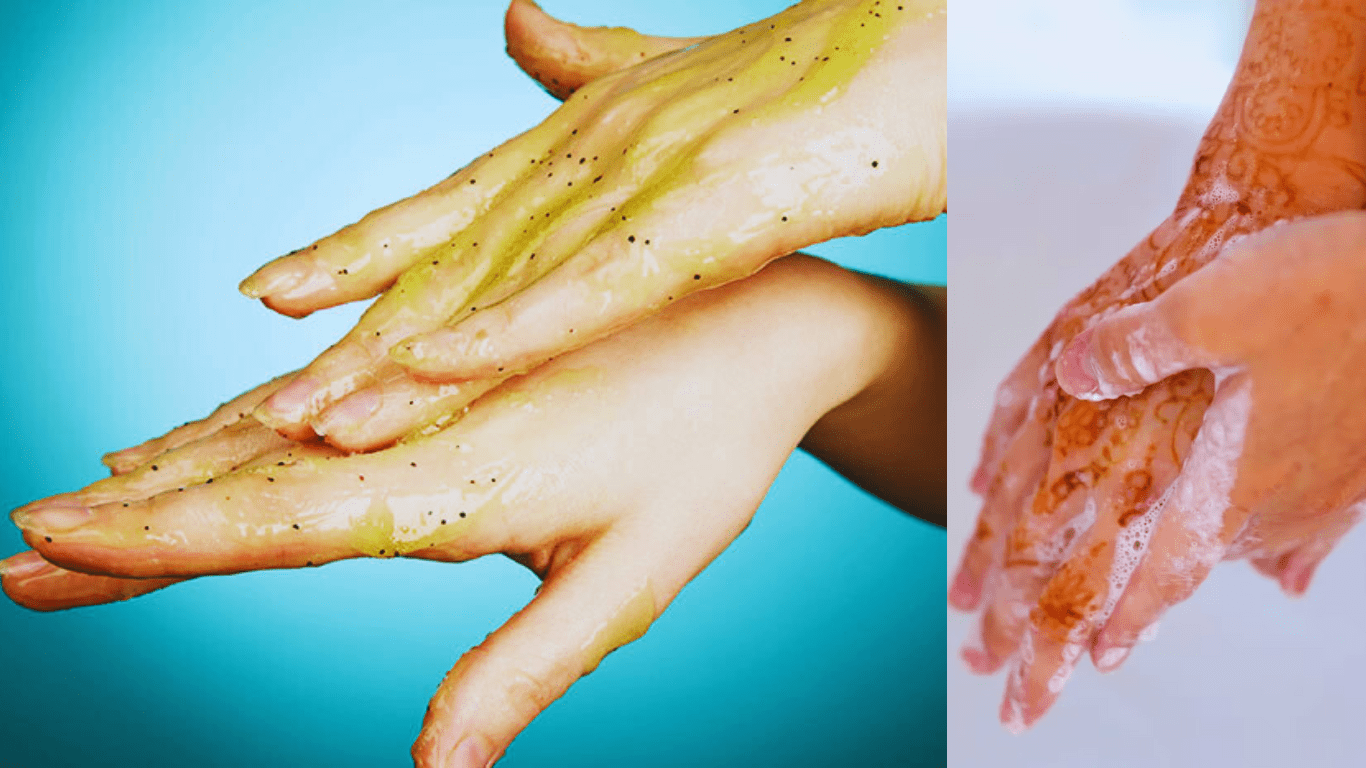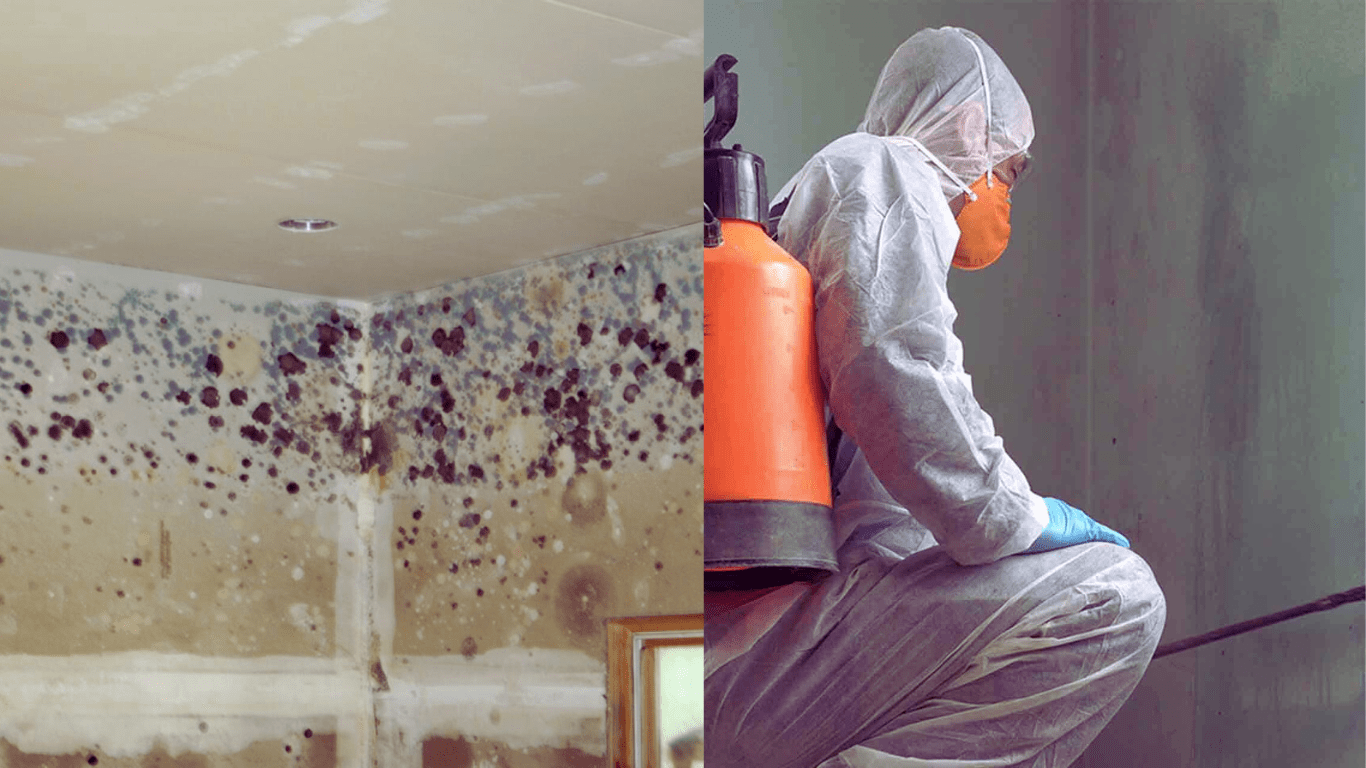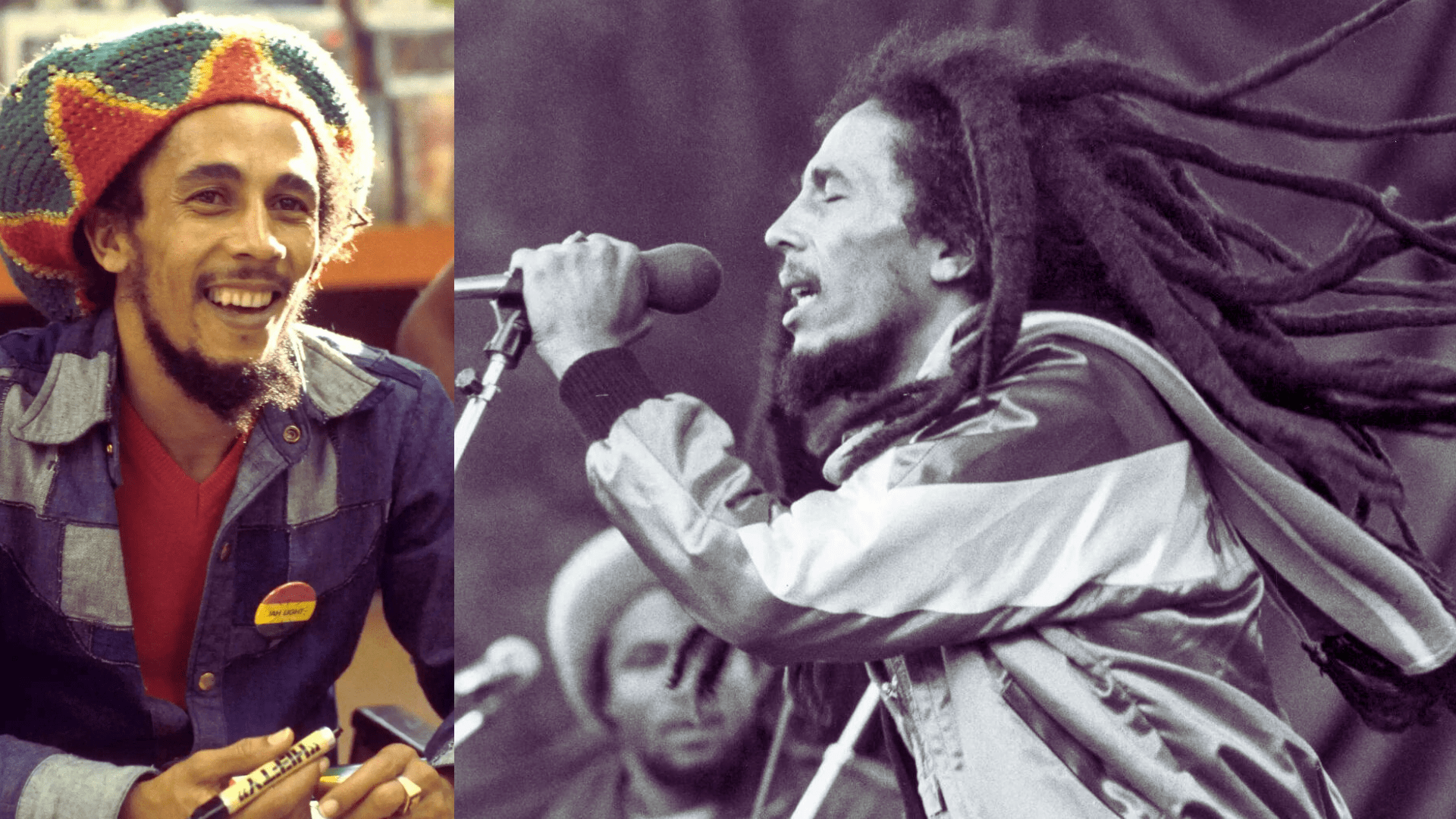In Korean, “how are you” is expressed as “안녕하세요?” (Annyeonghaseyo?) in formal situations and “안녕하세요?” (Annyeonghaseyo?) in informal contexts. The formal version is used when addressing someone older or in professional environments.
Mastering the nuances of pronunciation and intonation is key to sounding natural. Korean language, with its polite forms and honorifics, emphasizes respect in daily interactions. When asking “how are you,” pay attention to the other person’s age, status, and the context of your conversation.
How Are You in Korean: Unraveling the Basics
Korean: “안녕하세요?” (Annyeonghaseyo?)
Understanding the Context
Saying “How are you?” in Korean is not merely a direct translation. It’s embedded in the layers of Korean etiquette and respect. When meeting someone for the first time or in a formal setting, this phrase is indispensable.
Mastering Pronunciation
Pronouncing “안녕하세요?” can be challenging for beginners. Break it down: “Ahn-nyeong-ha-se-yo.” Practice the syllables to sound natural and respectful.
Exploring Politeness Levels in Korean
Korean culture values hierarchical respect. The appropriate form of “How are you?” varies based on the level of formality you want to convey.
1. 안녕하세요? (Annyeonghaseyo?)
- Formal and Polite: Ideal for professional settings or meeting someone older/respected.
2. 안녕하십니까? (Annyeong hasimnikka?)
- Even More Polite: Employed in highly formal situations, showing utmost respect.
3. 어떻게 지내세요? (Eotteoke jinaeseyo?)
- Literally “How are you doing?”: A warm, polite phrase used among acquaintances.
Common Scenarios: How to Respond
Understanding responses is as crucial as asking the question. Here are common ways Koreans reply:
1. 잘 지내요 (Jal jinaeyo)
- I’m fine: A standard response, indicating well-being.
2. 별로예요 (Byeollo-yeyo)
- Not so good: Expressing a bit of discomfort without delving into details.
3. 좋아요 (Joayo)
- I’m good: Reflects a positive state of being.
Conclusion
Mastering the art of saying “How are you?” in Korean extends beyond language proficiency. It’s a bridge to understanding Korean customs, respect, and warmth. By embracing the nuances of this greeting, you not only connect with Koreans on a deeper level but also embody the essence of their rich heritage.
Read also: How Many Seconds Are in a Day: Unraveling the Time Puzzle
In Korean culture, politeness is paramount. Addressing someone politely, especially in greetings, showcases respect and social awareness.
Yes, formal greetings are for professional environments or when meeting someone older. Informal greetings are suitable for close friends and family.
While younger generations might understand basic English greetings, using Korean shows cultural respect and willingness to connect.
Yes, bowing is a traditional gesture of respect in Korean culture. It complements verbal greetings and showcases sincerity.
Listening to native speakers, using language learning apps, and practicing with language partners can enhance your Korean pronunciation.
Numerous online platforms, language schools, and cultural exchange programs offer in-depth resources to learn Korean language and culture.




